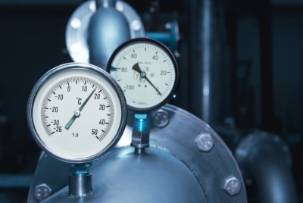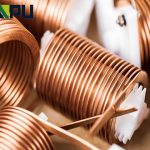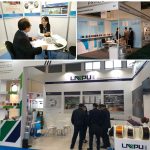Enameled wire is an important component of electrical insulation. A film of enameled wire paint is coated on enameled wire to create a good insulating layer between conductor wire and conductor wire in a winding, maintaining the normal operation of all workpiece equipment. Enameled wire paint is an indispensable electrical insulating coating applied to electrical equipment and is one of the key raw materials for controlling the economy, technology, index, and lifespan of electrical equipment. Therefore, enameled wire paint must have superior thermal, electrical, mechanical, and chemical resistance.
Currently, all fine enameled wires are made of copper. The coil weight is reduced as much as possible in application scenarios requiring light weight, thereby improving product performance. Although copper is the metal with the highest electrical conductivity, its density is high, and the coil weight is not light. This affects the application performance of a product. The heat resistance of existing fine enameled wires is poor, and the normal use of fine enameled wires is affected when existing fine enameled wires are used in a high-temperature environment.
How to make micro-enameled aluminum wire?
Step C1: Perform wire drawing treatment on the aluminum wire;
Step C2: Anneal and cool the drawn aluminum wire to a temperature of 400-500℃;
Step C3: Paint is sprayed onto the annealed aluminum wire using micro-painting, and a paint film is cured to obtain the micro-enameled aluminum wire.
In addition, the micro-painting process comprises the following raw materials, in parts by weight:
10-15 parts potassium silicate, 8-10 parts high-temperature filler, 60-80 parts deionized water, 0.001-0.003 parts melamine, 5-8 parts glass powder, 8-10 parts barium titanate, 8-10 parts talcum powder, 30-40 parts styrene-acrylic emulsion, and 10-15 parts propylene glycol butyl ether.





